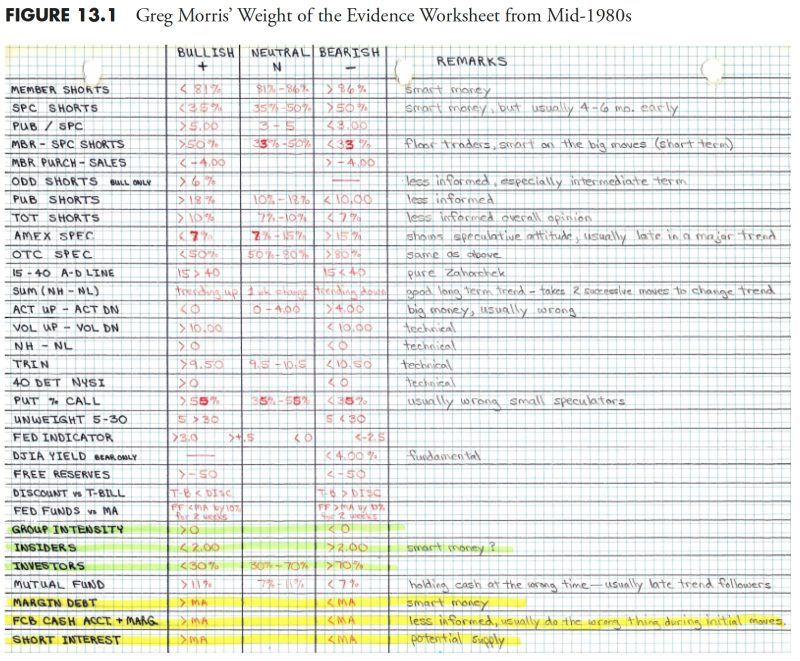Part 1 of this series explored the importance of rules-based money management, highlighting the necessity of having clear, predefined rules and guidelines in your investment strategy. This chapter, Part 2, will take a deeper look at measuring the market, an essential component of any rules-based system.
To begin with, measuring the market is the process of evaluating the trends and predictions in the financial markets. It is an important stage in rules-based money management as these metrics form the basis for decisions or steps taken in pursuing a specific investment strategy. There are several components to measuring the market that keep you informed about the investing landscape and guide your decision-making processes.
1. Market Indices
Market indices are an essential tool for market measurement. They give investors a snapshot of the performance of the broader market or specific market sectors. Studying indices like the S&P 500, Dow Jones, and NASDAQ can provide an understanding of the market trends which guide investment decision-making. For example, if the S&P 500 is on an upward trend, it may signal a bullish market and vice versa.
2. Market Trends
Trend analysis is another crucial metric for measuring the market. Understanding the direction and trends of the market over a given period allows you to understand the market’s momentum. Investors use trend analysis to project future movement; upward trends indicate a good time to buy, while downward swings signal a selling window.
3. Market Volatility
Volatility, typically gauged by the VIX index, measures the market’s expectation of future volatility. High volatility could signify high risk but also possible high returns, while low volatility may reflect stability but lower potential yield. As part of a rules-based system, pre-set thresholds of volatility can guide the timing and nature of trades.
4. Sector Analysis
Examining different sectors of the economy can provide insight into the performance of specific industry stocks. Certain sectors, like technology or healthcare, may outgrow others at times. A rules-based strategy could involve focusing investments on high-performing sectors or diversifying across multiple sectors to mitigate risk.
5. Economic Indicators
GDP, unemployment rates, inflation, and consumer sentiment are among the various economic indicators that one can observe to gauge the health of an economy. Economic indicators influence the markets as they convey the strength of an economy and the potential prosperity of businesses within that ecosystem.
6. Sentiment Analysis
This involves studying the emotions and opinions of other investors about the market. By gauging market sentiment,






























